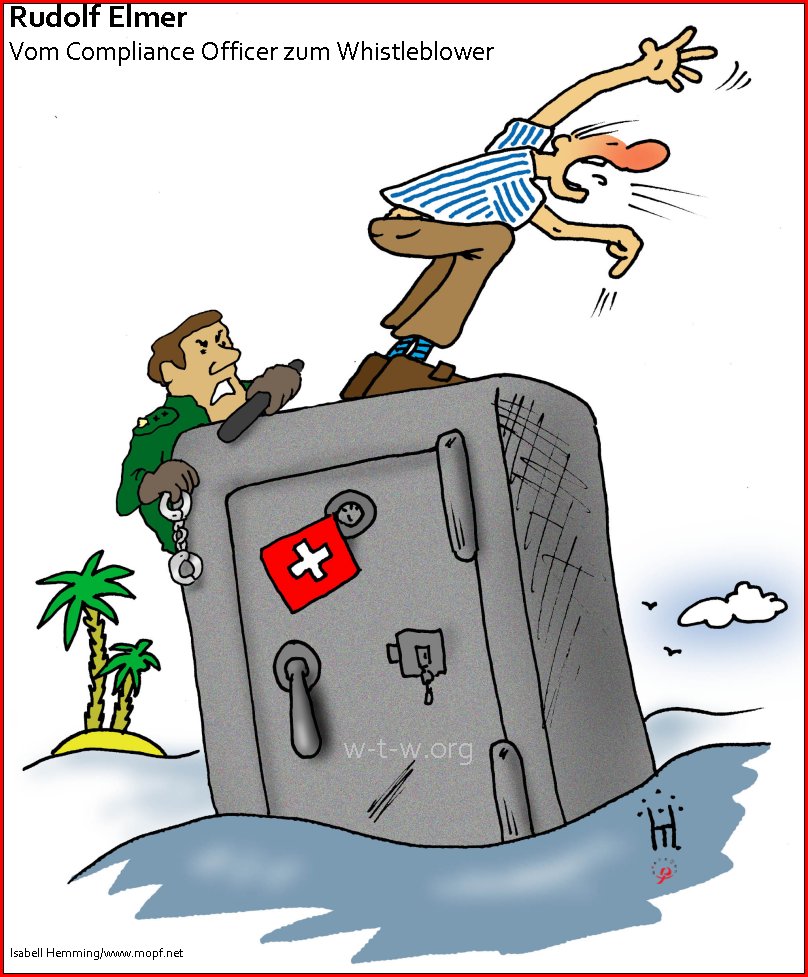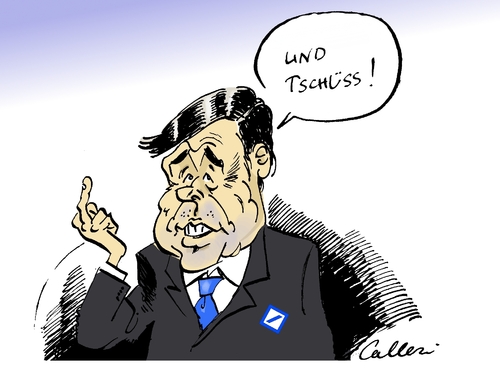The Rise of Female Breadwinners
Who is the higher income earner in your family?
Over time, the U.S. has seen a rise in female breadwinners. In fact, the proportion of women who earn more than their male partners has almost doubled since 1981.
Today’s Markets in a Minute chart–from New York Life Investments–illustrates the historical trajectory of women’s earning power, as well as systemic challenges women still face.
Then and Now: Gaining Ground
In the last 40 years, there has been considerable progress in both the percentage and number of female breadwinners.
| 1981 | 1991 | 2001 | 2011 | 2018 | |
|---|---|---|---|---|---|
| % Female Breadwinners | 16% | 21% | 24% | 28% | 29% |
| # Female Breadwinners | 4.1M | 6.5M | 8.1M | 8.8M | 9.6M |
For families that had dual incomes, only 16% of households in 1981 had a female breadwinner. This was equal to about 4 million women across the country at the time.
Fast-forward to the present, and close to 10 million married, female breadwinners were part of the U.S. labor pool in 2018.
Breakthroughs Could Link to Education
Higher education rates and rising earning power are helping to decouple women from pre-existing financial stereotypes.
For married female breadwinners*, the impact of education often plays out as follows:
| Education level | % of Women Earning Equal or More Than Partner |
|---|---|
| More education than partner | 49% |
| Same education as partner | 29% |
| Less education than partner | 20% |
Source: Pew Research Center
*Over age 25
The odds of a woman earning the same or more than her partner skyrockets nearly 250% if she has more education, compared to if she has less education.
Interestingly, when it comes to career trajectories, women and men share similar decision-making rationales. Among surveyed women, 83% were more likely to delay having kids in order to advance their careers, compared to 79% of men. The primary reason: to help secure a stronger financial standing for their future children.
While it is clear that women have become a growing financial force over time, they still face many persistent challenges today.
A Chorus of Systemic Barriers
Women experience a litany of headwinds, both overt and subtle. What are some variables that continue to have a pervasive impact on women’s finances?
Media Bias
According to one study, 65% of media language directed towards women and their finances surrounded “excessive spending”. In contrast, 70% of language towards men discussed “making money” as a masculine ideal.
Financial Well-being
According to a global survey, 85% of women manage day-to-day expenses as much as or more than their spouse. However, 58% of women defer long-term financial and investment decisions to their husbands.
Gender Wage Gap
Based on the median salary for all men and women, women earn 79 cents for every dollar men make in 2019. The gap starts small and continues to grow as people age. How can women close the gap? The Georgetown Center on Education and the Workforce has some advice:
- Get one more degree
- Pick a high-paying college major, such as the STEM fields
- Negotiate starting pay
If current earning trends continue, women will not receive equal pay until 2059.
Leadership Roles
While more women are in the workforce compared to previous generations, they tend to be in lower positions.
Women in S&P 500 Companies
| Role | Women’s Representation in Role |
|---|---|
| CEOs | 5.8% |
| Top Earners | 11.0% |
| Board Seats | 21.2% |
| Executive/Senior-Level Officials and Managers | 26.5% |
| First/Mid-Level Officials and Managers | 36.9% |
| Total Employees | 44.7% |
Why are there so few women CEOs? Men dominate management roles that influence the company’s bottom line, such as COO or sales. On the other hand, female executives typically fill roles in areas like human resources or legal—which rarely lead to a CEO appointment.
The Road Ahead
The last 40 years have shown immense progress, yet there is still plenty of room for further advancement.
Women belong in all places where decisions are being made… It shouldn’t be that women are the exception.
—Ruth Bader Ginsburg, U.S. Supreme Court Justice


















